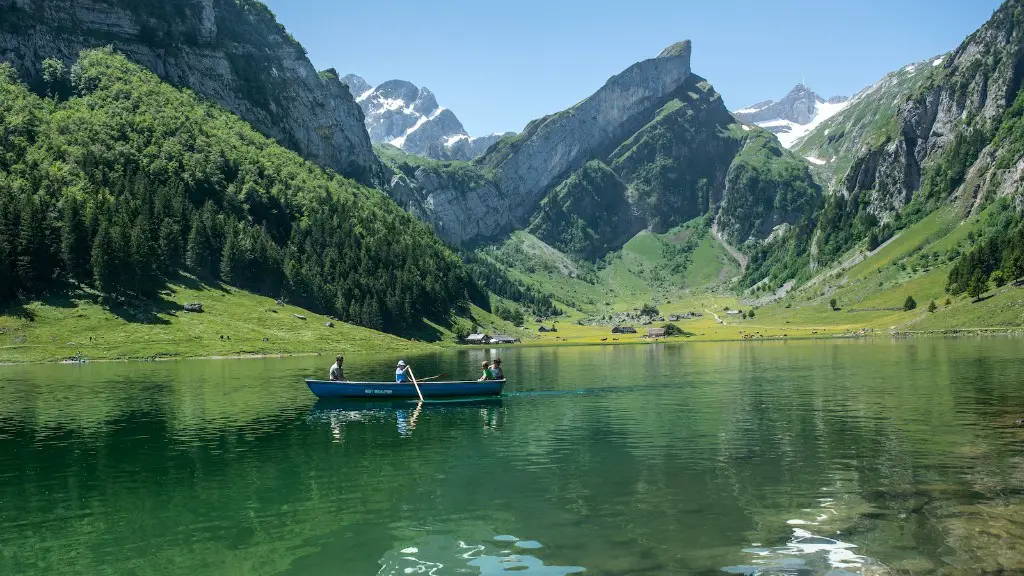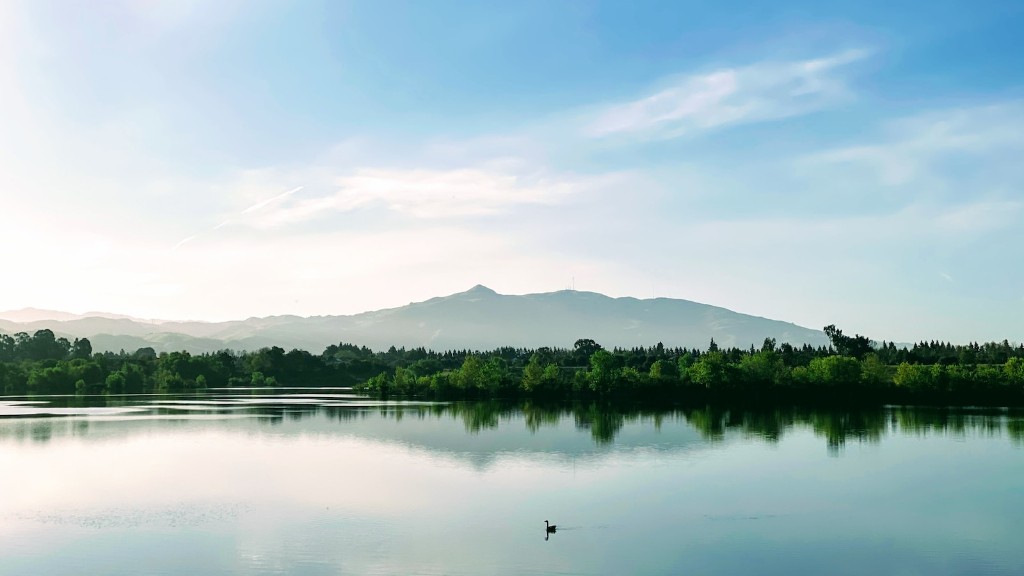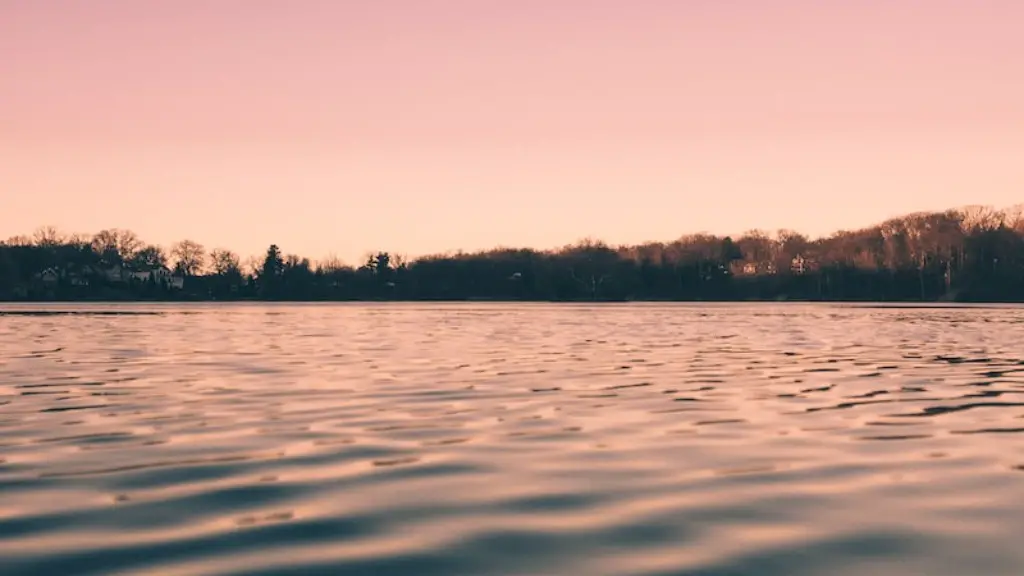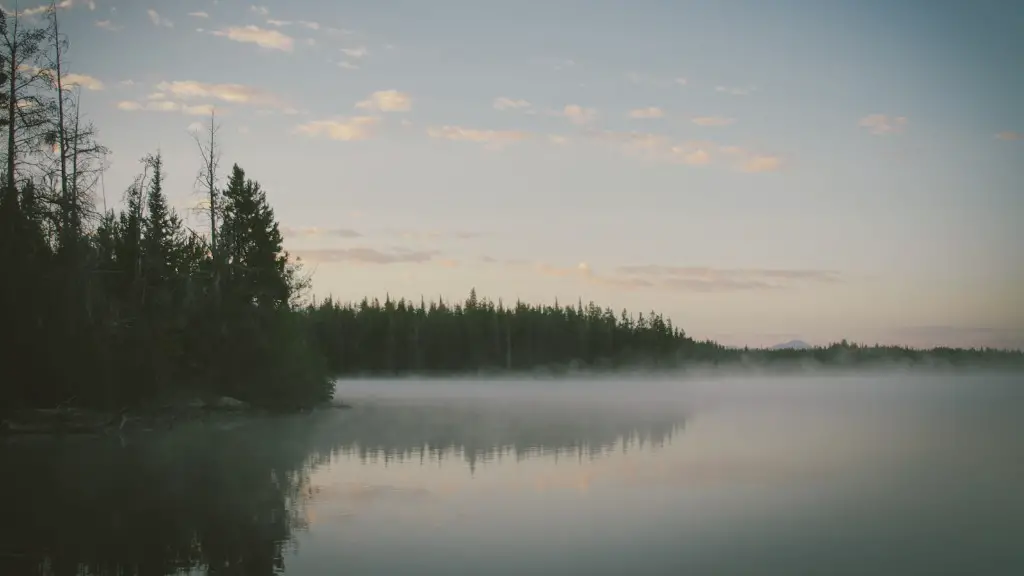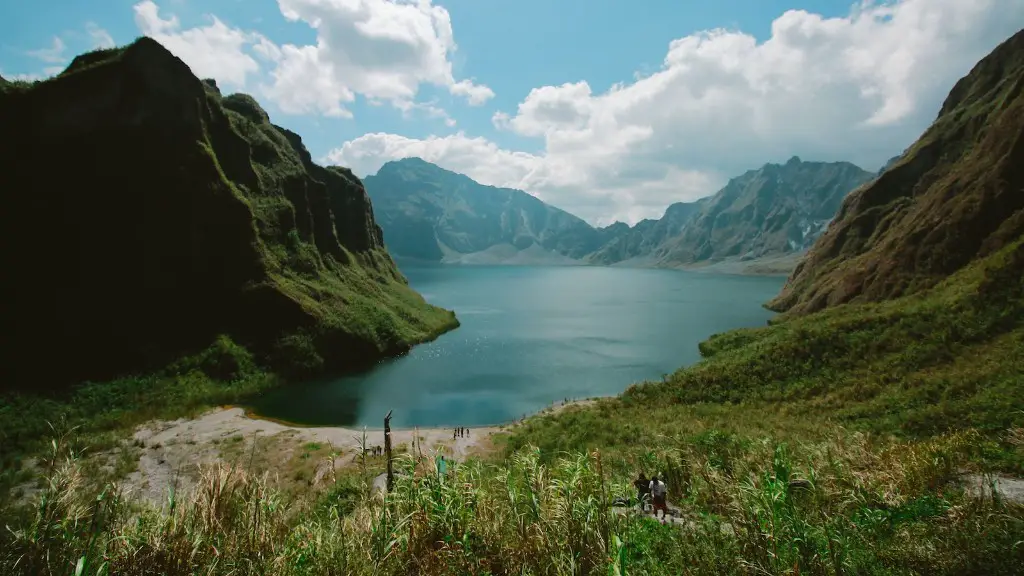Lake Michigan, the fifth-largest of the five Great Lakes in North America, spans four U.S. states. It has an array of complex ecosystems and vibrant communities along its 710-mile coastline. Unfortunately, the lake is starting to show signs of distress in certain areas. Several dead fish have started to appear on beaches and in other areas around the lake.
To understand this phenomenon, one must look at the various factors that contribute to it. The lake has been experiencing several environmental changes over the past few years. According to the National Oceanic and Atmospheric Administration (NOAA), some of these include rising water temperatures and low oxygen levels, both of which are affecting the health of the lake and its inhabitants. The lake’s water temperature has increased by nearly two degrees in the last century, likely due to the changing climate.
In addition, nutrient runoff from farms and suburbs along the lake has caused an increase in algal and weed growth. With more nutrients in the water, the oxygen levels have rapidly declined, creating “dead zones” in the lake. These low oxygen levels reduce the amount of dissolved oxygen in the water, making it difficult for fish to survive.
The fish in Lake Michigan are also facing other threats, including temperature-related stresses, pollution from urban runoff and agricultural runoff, and changes in pH levels. All of these factors, as well as the ones mentioned above, can lead to stress, illness, and death for the fish. Furthermore, all of these changes can be extremely difficult for the fish to adapt to, leading to even more fatalities.
It is important to note that while there are many factors that can cause the death of fish in the lake, there are also protective measures that can be taken. For example, cleaning up polluted areas and refraining from overfishing can help improve the water quality and oxygen levels. Additionally, restoring wetlands and maintaining healthy buffer zones can help decrease the amount of nutrient runoff that enters the lake.
Although Lake Michigan has been experiencing a great deal of distress, it is key to remember that there are ways to make a difference and help ensure the lake’s future health. By making the conscious decision to take action and properly manage the lake’s resources, we can help protect this important ecosystem for years to come.
The Impact On The Lake
The death of fish in Lake Michigan has had a serious effect on the lake. As the fish populations have declined, the species of fish that remain are facing an array of challenges related to their habitat. These challenges include an increased competition for food between species, the loss of spawning areas, and the loss of fish habitats. Furthermore, the decrease in the fish population has led to a decrease in the amount of dissolved oxygen in the water, making it difficult for fish to breath and survive.
The presence of dead fish on the beach also has a detrimental impact on the lake’s ecology. When the fish decompose, they release phosphorus and nitrogen into the water, which can lead to further oxygen depletion and excessive growth of algae, weeds, and other aquatic plants. This can also reduce the abundance of zooplankton, a key food source for species like trout, salmon, and whitefish. Furthermore, the dead fish can attract predators such as foxes, raccoons, and birds, which can further reduce the amount of fish in the lake.
The Impact On The Community
The death of fish in Lake Michigan has not only had a negative impact on the lake’s ecosystem, but also the surrounding community. The area’s fishing industry, for example, has suffered as a result of the declining fish populations– putting jobs and livelihoods in jeopardy. Furthermore, the tourism industry has taken a hit due to the presence of dead fish on the beach, which can be a major turn-off for visitors. Finally, the water quality can be affected by the presence of nutrients, which can negatively impact the surrounding community.
Moreover, the death of fish can also have an impact on the community’s emotional wellbeing, as the residents may be concerned about the health of the lake and the safety of their food sources. Furthermore, the unsightly presence of the dead fish leads to feelings of disgust and fear in many people, which can have a destabilizing effect on the community.
Protective Measures
Although the death of fish in Lake Michigan may seem like an insurmountable problem, there are measures that can be taken to help protect and restore the lake’s delicate balance. For example, implementing proper nutrient management in the surrounding area can help reduce the amount of nutrient runoff, while restoring wetlands and maintaining healthy buffer zones can also help reduce the amount of pollutants that enter the lake.
In addition, engaging in sustainable fishing practices, such as catch-and-release, can help protect and restore the lake’s fish populations. Furthermore, educating the public about the importance of preserving lake ecosystems and advocating for stronger water regulations can help ensure the lake’s future health.
Conclusion
The death of fish in Lake Michigan is a complex issue with a multitude of causes. It is important to understand the various factors that contribute to this phenomenon in order to create effective solutions. Making the conscious decision to take protective measures, such as reducing nutrient runoff and engaging in sustainable fishing, can help restore the lake’s delicate balance and protect its vibrant ecosystems.
